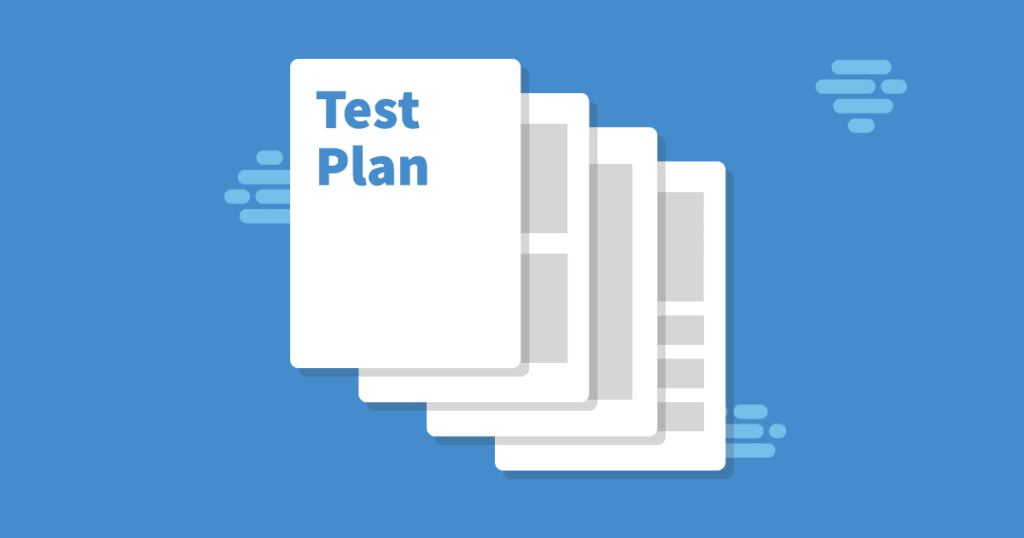In the software testing realm, undoubtedly, a fundamental document that governs the testing process is the test plan template. This template becomes a map highlighting how the software will be tested, which techniques will be used, and the criteria that will be met to reach a successful result. Let’s begin by explaining a test plan template and clarifying how it affects testing scenarios.
What is a test plan template?
A software test plan template is a written document that provides information on the strategy, purposes, and available resources utilised in a software testing project.
Components of a test plan template:
- Introduction: Lays out the purposes, scope, and objectives of tests.
- Test Strategy: Specifies the test architecture in general, indicating how methodologies and techniques are to be used.
- Test Scope: Defines the product test suite, including components that will be tested and those that will not be tested.
- Test Schedule: Defines the duration for every testing phase and key features.
- Test Deliverables: Organises and lists documents, reports, and artifacts developed during the testing phase.
- Risks and Contingencies: Identifies possible problems and defines mitigating actions.
- Test Environment: Specifies the test system’s composition by indicating required hardware, software, and tools.
Importance of the Test Plan Template
- Clarity and Direction:
Offers a clear guide to testers, ensuring they understand their tasks and roles well.
- Risk Management:
Pinpoints possible flaws during the prevention phase and provides explanations on how to solve them.
- Efficiency:
Ensures efficient testing with predefined test objectives, scope, and criteria.
- Communication:
Simplifies internal team communication and interaction with project stakeholders and other involved parties.
- Quality Assurance:
Assists in aligning project activities with test objectives and quality standards.
Creating Effective Test Scenarios
Test scenarios are particularly determined situations or circumstances in which a system is subjected to some level of stress to check the software functionality and performance against the required specifications.
- Identify Use Cases:
Understand users’ actions to be tested with real-world usability as a guide.
- Define Preconditions:
State the initial conditions needed for each test case.
- Outline Steps:
Describe the sequence of actions intended for the testing phase that would most likely occur under actual use conditions.
- Expected Results:
Provide the expected outcome for each test scenario.
- Variety and Coverage:
Ensure test cases diversify all functionalities and use cases for comprehensive coverage.
- Reusability:
Design reusable test scenarios to reduce overall time and effort in future test cycles.
Conclusion
To conclude, the test plan template is a focal point of the testing process; its main role is to set how and what will be tested. It shifts the focus from the main strategy, goals, boundaries, involved resources, and the plan of action as set. This template allows testing to be carried out in an orderly and structured way, which indeed allows the early detection of problems, thus addressing them before the design comes to an end.
Hence, the test plan template and well-defined test scenarios used by the testing team can ensure major coverage areas of the software, avoid and successfully remove risks, and enhance the product quality level. This advanced approach to rigorous testing gives significant importance to a successful software deployment process that offers software that exceeds user expectations, functions seamlessly, and fulfils stakeholders’ needs.







